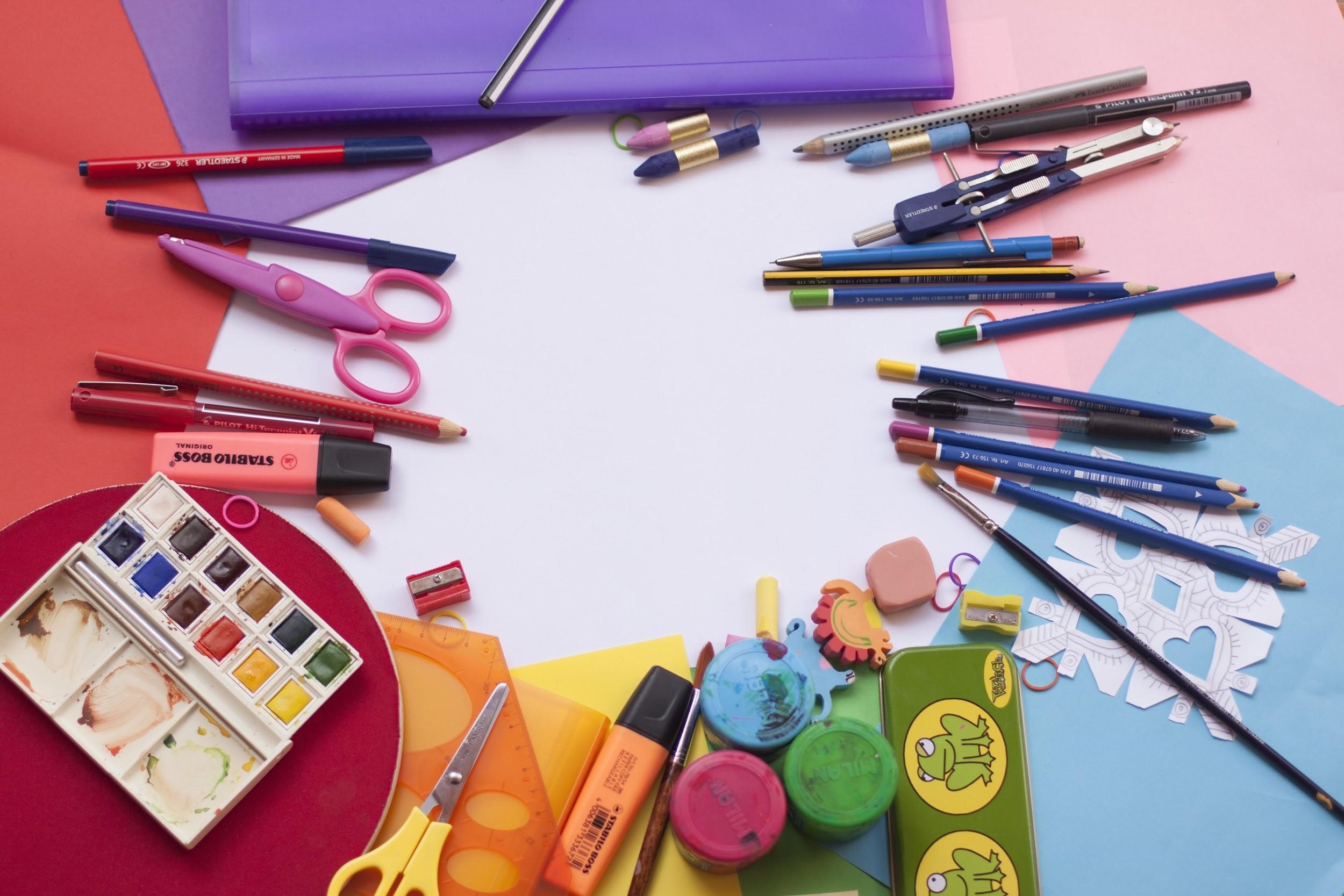How to Bring Art into the Lives of Children with Learning Disabilities

Children with learning disabilities often have a hard time expressing themselves and coping with challenges in their daily lives. Art can give these children the power of expression and help them deal with the world in their own way. Plus, getting involved in the arts helps kids fine-tune their motor skills, improve their focus, and even elevate their mood. Whether they enjoy painting, sculpture, photography, or music, art can be a valuable tool in any child’s healthy development.
Take a Trip to the Museum
According to Parents, you can introduce toddlers to art by taking them to an art or sculpture museum. Keep them engaged by examining all angles of the shapes, statues, and paintings. Encourage your child to tell you what they see and talk about what is going on in the art piece.
For older children at the museum, find artists that kids can imitate, such as Pollack or Kandinsky. This will give kids the confidence that they can create art even if they can’t paint or draw realistically. Ask children what kinds of stories they see playing out in different paintings, and what different elements of the painting may symbolize. Motherly recommends familiarizing your children with specific art styles or artists before going to see them at the museum so your kids can get excited about seeing the paintings in person.
Create a Home Studio
One of the best ways to get kids involved in the arts is to set up a home art studio. Dedicated art spaces are ready for children at any time, giving them an easy opportunity to express themselves or soothe anxiety. Kids should be able to leave unfinished art here to pick up again another day without feeling pressured to finish their piece all at once. Grab a table or desk and equip it with various materials like different-colored papers, glue, crayons, and markers.
Add a standing or wall-mounted easel so kids can paint. You may want to spread a drop cloth on the ground to catch any paint drips. If you don’t have the space for a dedicated art area, set up an art caddy with supplies so your kid can grab it and get creative wherever they like. Most importantly, this art space should feel welcoming and be inviting.
Try a Pottery Class
One of the best things about pottery is that there are no rights or wrongs for doing it. Clay is so versatile and self-repairing that kids can create whatever they want without fearing they’ll make a mistake. Pottery is great for developing hand-eye coordination and problem-solving skills in special needs kids. This is because kids have to assess how to make the clay, and figure out how to make it do what they want it to do. It forces them to think ahead and plan, both of which are valuable life skills. Shaping clay can even increase self-esteem for hesitant kids as they take command over their art and understand how to fix their own mistakes.
Have Fun with Textile Art
Kids can also have a lot of fun with textile art. Have them create stories by drawing on paper so they have a template to follow when cutting out fabric pieces. Kids will love feeling the different textures of the fabric as they put their masterpiece together. Sewing is another fun option for kids. They can sew pieces of fabric together or onto a fabric-lined cardboard backdrop, or follow a child-friendly tutorial or video to learn basic skills and create works of art. The possibilities for creativity are endless with textiles!
Make Art Adaptive and Accessible
If your child has motor challenges, creating works of art may be difficult and frustrating for them. You can help them, but just be sure that they take the lead and only give them as much help as is necessary. Try modifying your art centers with special scissors or by wrapping rubber bands around paint brushes to increase grip. Some children may need angled work surfaces or rounded crayons that are easier to grasp. Make whatever adjustments necessary to allow your child to enjoy the creative process!
Art is a great way to cultivate life skills for special needs students. Letting their imagination and feelings drive their art gives them a tangible way to express what is on their mind. This can help them learn how to communicate their emotions and develop social skills. Try various mediums, and have fun creating things with your child. You may even discover an art enthusiast within yourself!




